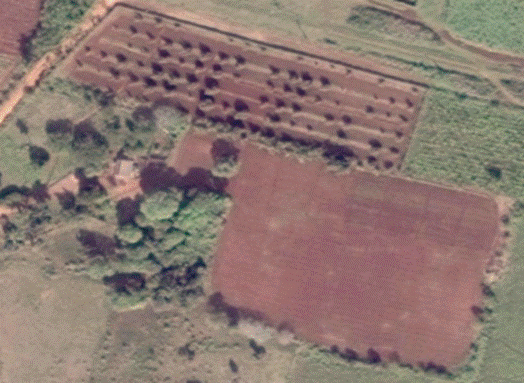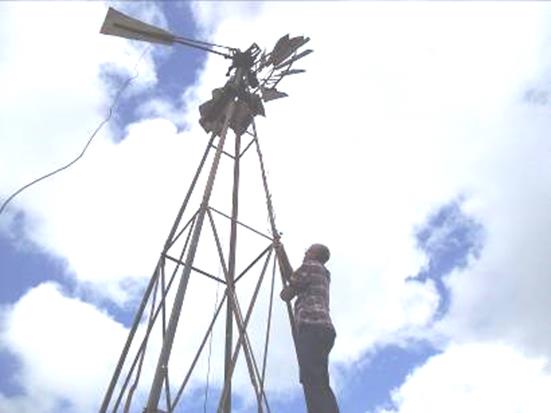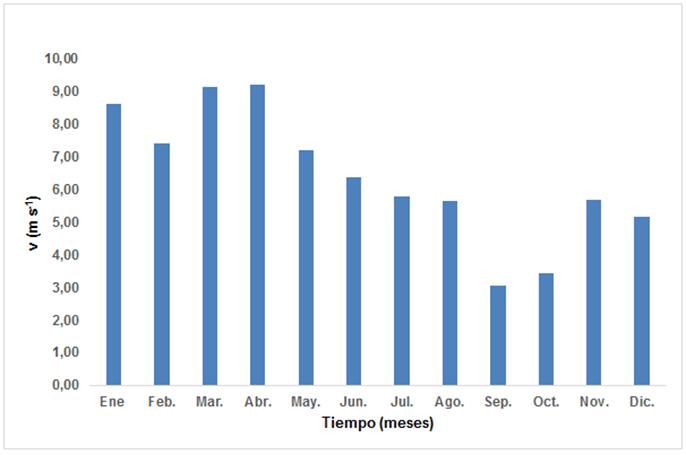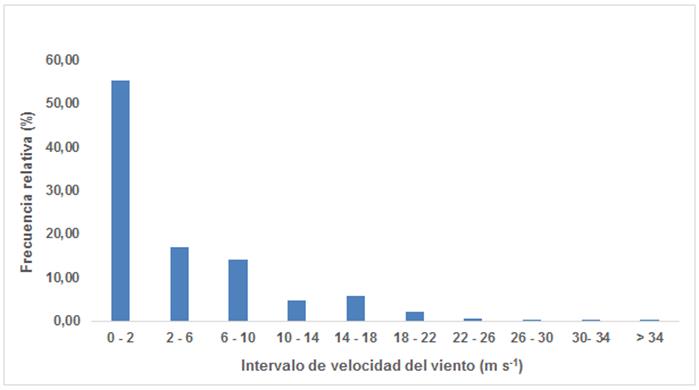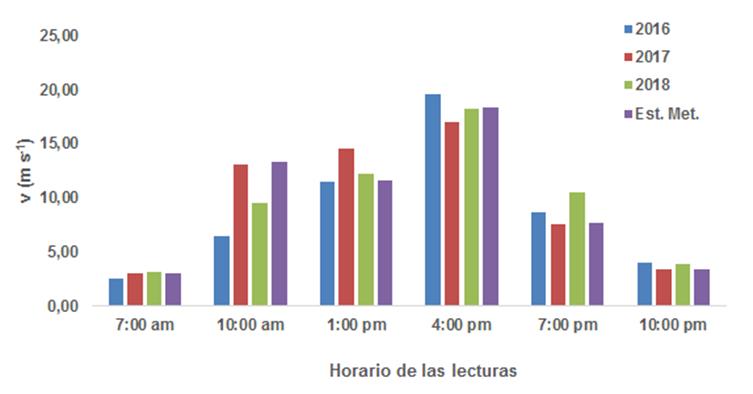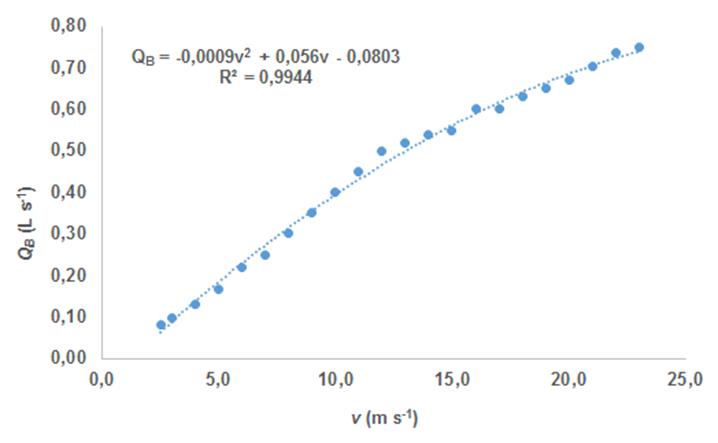INTRODUCTION
Wind energy is that obtained from the wind, that is, the kinetic energy generated by the effect of air currents, and that is transformed into other forms of energy useful for human activities like mechanical and electrical (Soler et al., 2015 and Blanco et al., 2018). Nowadays, it presents a high growth dynamics, so it has been at the forefront of renewable energies (Ávila et al., 2010 and Brown et al., 2018). This energy wind development can be used by the American continent to become a world reference according to Hernández et al. (2013) and Regueiro and Chávez (2014). In this sense, Cuba, in accordance with the policy of the World Wind Energy Association, works with firm steps in the introduction of renewable sources of energy, particularly, wind energy (Moreno, 2008).
The objective of this investigation was characterizing the wind speed, starting from the available information in the meteorological station “Camilo Cienfuegos” and the mensuration carried out during three years, for its later use in the design of a watering system for aspersion with eolic pumping in “Primero de Enero” Municipality, Ciego de Ávila Province
METHODS
The investigation was carried out in the farm "La Cuchilla", located in the community of Sabicú in “Primero de Enero” Municipality, Ciego de Ávila Province, between the coordinates 21° 52' of north latitude and 78° 18' of west longitude. It has an area of 7.5 hectares with crops such as tomatoes, garlic, beans, corn, cassava, banana, lemon, mango, coconut and others (Figure 1).
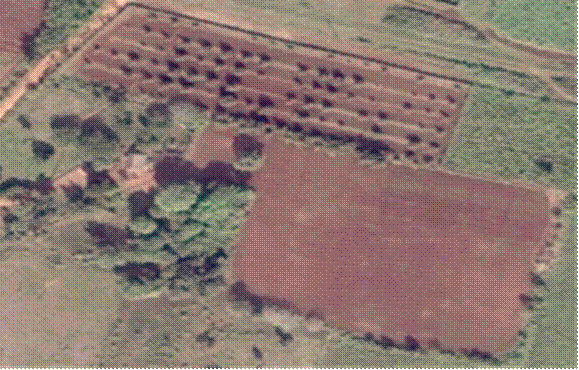
FIGURE 1.
Location of the experimental area.
The investigation analyzed a series of hourly wind speed, measured systematically at “Camilo Cienfuegos” Meteorological Station, which is the closest to “Primero de Enero” Municipality. The measurement schedule was at 1:00 am, 4:00 am, 7:00 am, 10:00 am, 1:00 pm, 4:00 pm, 7:00 pm and 10:00 pm (UTC), between the years 2013 and 2017. The Provincial Meteorological Center provided 14,375 data (Benedico, 2017).
The homogeneity of the series was verified by hypothesis testing through the Fisher "F" test for variances of two subsamples (González et al., 2007, 2014). Subsample A was satisfied with data from 1 to 7,188 and subsample B from data 7,189 to 14,375.
The hypothesis of nullity (H 0 ) and the alternative (H 1 ) were formulated so that if the calculated Fisher "F" test statistic (F) is greater than its critical value (F c ), the decision is made to reject H 0 and accept H 1 ; showing that the compared subsamples differ statistically.
In the experimental area, six daily readings were taken at 7:00 am, 10:00 am, 1:00 pm, 4:00 pm, 7:00 pm and 10:00 pm with the use of a calibrated integral cups anemometer of the mark ΓOCT 7193-74 M/C and accuracy of ± 0.10 m s-1, placed at a height of 10 m. The readings were made twice per week from the year 2016 to 2018 in the months of January, February and March for being the period in which tomato and garlic crops were studied. These assessments formed another series of data with 432 observations.
In both series of wind speed, the monthly and hour behavior of the variable was determined by means of the descriptive and frequency analysis of the data of Serrano (2013), with the use of the Statistical Package for the Social Sciences (SPSS) software, very used in this type of analysis (Sandoval et al., 2017). The winds were classified according to the value of the speed and the Beaufort Scale (López et al., 2008) in: weak winds (0.0-3.0 m s-1), moderate winds (4.0-7.0 m s-1) and strong winds (> 8.0 m s-1).
The flow discharged by the multi-blade mill of the brand SAMSON 1888 PAT. D was determined by volumetric measuring according to Rázuri et al. (2009) and Assan et al. (2016), for different wind speeds. The wind pump used is of positive displacement and has the following technical characteristics: tower height (H tor ) 10 m, rotor diameter (D rot ) 2.52 m, number of blades (N pal ) 15, diameter of the pump cylinder (D B ) 80 mm, Stroke length (S) 180 mm and start speed (v arr ) 2.5 m s-1 (Figure 2).
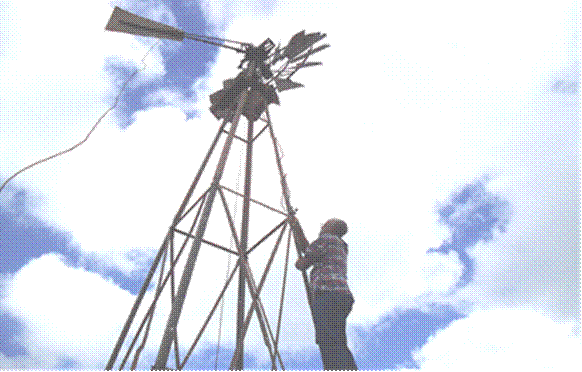
FIGURE 2.
Multi-blade mill used in wind pumping.
The average daily volume of water extracted by the wind pump was estimated based on the experimental results of the wind speed, the frequency and its relation with the average flow discharged according to the capacity data. The equation used was the following:
Where V m is the average daily volume of water extracted by the wind pump (m3), Q m the average flow rate of the wind pump according to the capacity data (m3 s-1), T B the pumping time according to the relative frequency of the variable (s) and F r the relative frequency of the wind speed in the ranges evaluated (adim.).
RESULTS AND DISCUSSION
Behavior of the Homogeneity of the Rainfall Series
Table 1 shows the results of the homogeneity test from the wind speed series obtained at “Camilo Cienfuegos” Meteorological Station. It was shown statistically that the series is consistent and homogeneous; since the calculated statistician (F) with a value of 1.14 is lower than its critical value (F c ) of 1.28, so alternative hypothesis is declined and nullity hypothesis is accepted.
TABLE 1.
Homogeneity analysis for the wind speed series
Descriptive Analysis of Wind Speed
The descriptive analysis of the wind speed series at “Camilo Cienfuegos” Meteorological Station determined that in the period analyzed, the variable wind speed presented the following characteristics (Table 2): mean of 5.02 m s-1, median of 2.00 m s-1, standard deviation of 6.10 m s-1, minimum value of 0,00 m s-1 and maximum value of 36.00 m s-1.
TABLE 2.
Descriptive analysis of wind speed
Analysis of Wind Speed at “Camilo Cienfuegos” Meteorological Station
Figure 3 shows the behavior of the average monthly speed with values higher than 5.50 m s-1 in all months of the year, except in September and October that reached values between 3.00 and 3.50 m s-1. These results agree with those reported by Soler et al. (2015) in studies carried out for the characterization of the wind in Isla de la Juventud, where values higher than 4.0 m s-1 were found in the period between 09:00 and 16:00 hours and 5.31 m s-1 at 1:00 p.m.
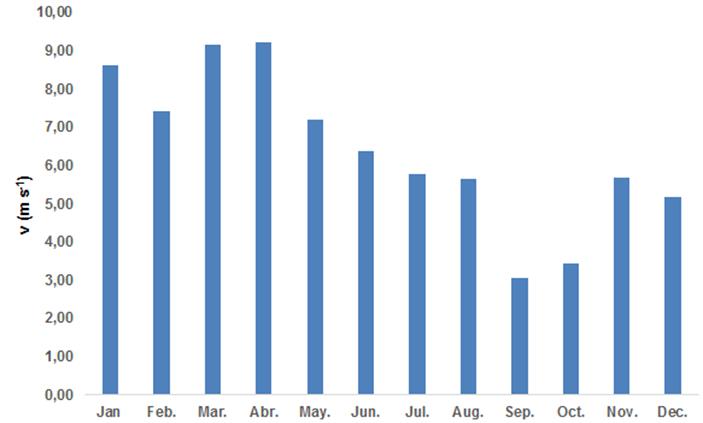
FIGURE 3.
Average monthly wind speed.
Figure 4 shows the results of the frequency of the wind speed in correspondence with the established intervals. It was found that the highest frequency occurs for speeds between 0-2 m s-1 with 55.28%, followed by speeds of 2-6 and 6-10 m s-1 with 17.11 and 14.20 %, respectively. The frequency in the rest of the speeds was lower than 5.72 %. These values are of great importance for the probabilistic estimation of the number of hours available for pumping water with the multi-blade mill 24 hours a day.
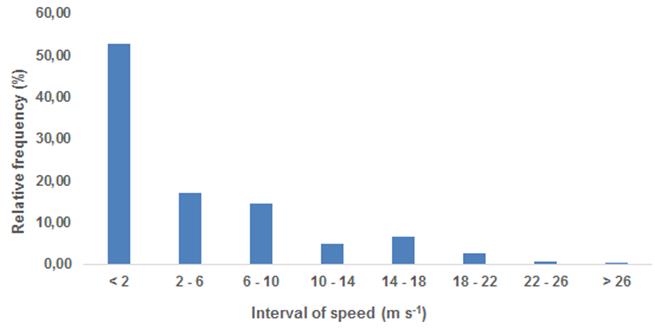
FIGURE 4.
Frequency of wind speed.
Analysis of the Wind Speed in the Farm "La Cuchilla"
The frequency distribution of the wind speed measured in the farm "La Cuchilla" during the months of January, February and March is presented in Table 3 for different intervals of the variable in the years 2016, 2017 and 2018. In this study, an arithmetic mean of 9,53 m s-1 was reached, standard deviation of 3.78 m s-1, minimum value of 2.05 m s-1 and maximum value of 22.12 m s-1. The value of the weighted average wind speed considering the frequency corresponding to each speed interval was 11.25 m s-1. These results show, according to López et al. (2008), that it is a zone of strong winds and no period of calm winds was observed, which favors the work of the wind pump in the extraction of water for irrigation.
TABLE 3.
Frequency distribution of wind speed
Figure 5 shows the results of the average hourly wind speed in the months from January to March. It was demonstrated that during the twenty-four hours of the day, the winds are usable in a 92.22 % for the pumping of water; although the largest extractions are achieved between 10:00 and 19:00 hours. This behavior is similar to that reported by Galán et al. (2015) in statistical studies of wind speed carried out in Mazatlan, Sinaloa in Mexico.
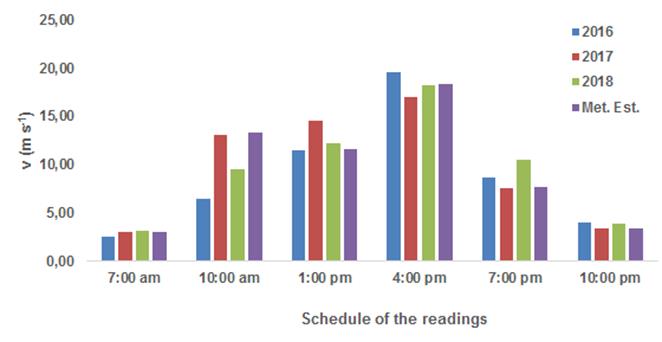
FIGURE 5.
Average hourly wind speed in the months from January to March
The results of the volumetric measuring of the flow extracted by the wind pump as a function of the wind speed are shown in Figure 6, where it is verified that it reached values between 0.06 and 0.77 L s-1. This relationship found a satisfactory adjustment to the second-order polynomial model with a coefficient of determination of 0.9944.
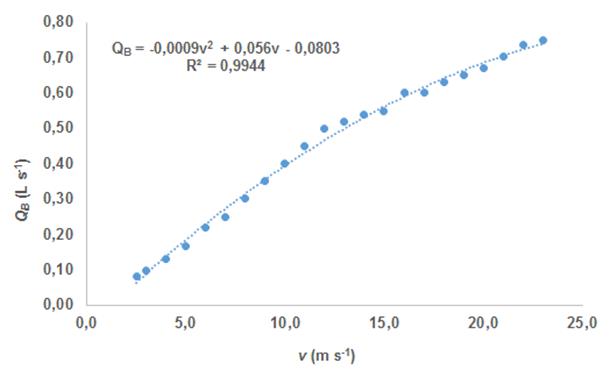
FIGURE 6.
Pumping rate as a function of wind speed.
The study of the wind frequency during five years allowed determining, in a probabilistic way, the filling regime of the storage tank (Table 4). This result indicates that in 24 hours, it is possible to store a total volume of 17,640 L of water for use in the irrigation system, in the months of January, February and March. The longest operating time of the wind pump was 12.66 hours in the velocity range of 0-3 m s-1, followed by 4-6 m s-1 and 7-10 m s-1 with a pumping time of four hours in both cases.
TABLE 4.
Volume of water pumped according to the speed and frequency of the wind
CONCLUSIONS
The value of the monthly average speed in the analyzed series was superior to 5.50 m s-1 in every month of the year, except in the months of September and October that was between 3.00 and 3.50 m s-1.
The biggest frequency in occurrence of the wind speeds corresponded to the range of 0-6 m s-1 with 72.39%.
The wind speed reached an average arithmetic value of 9.53 m s-1, and an average pondered value of 11.25 m s-1, according to the frequency of the wind in the months of January, February and March in the farm "La Cuchilla".
The wind pumping provided flows between 0.06 and 0.77 L s-1, what allowed storing a total daily volume of 17,640 L in the months of January, February and March.

